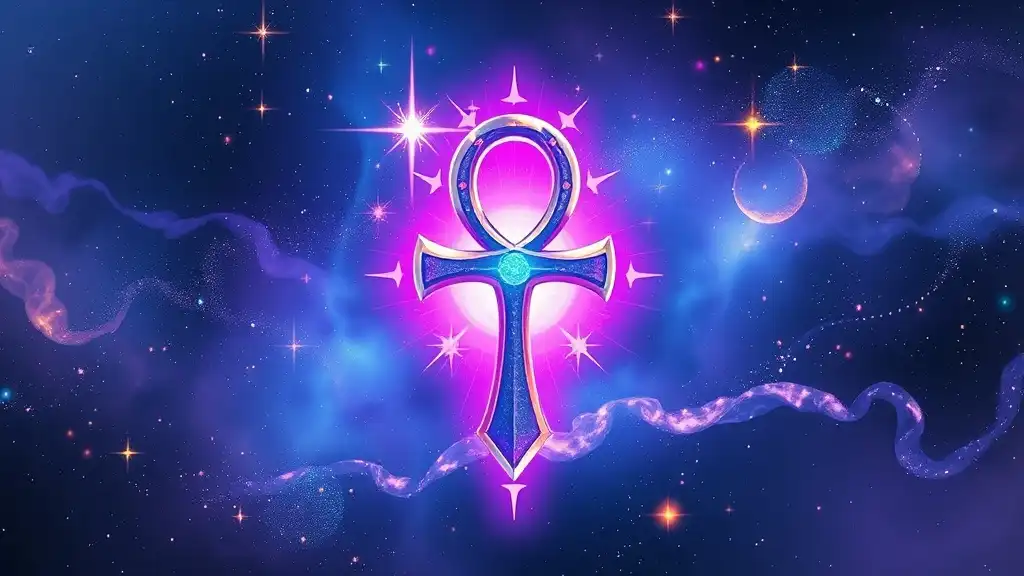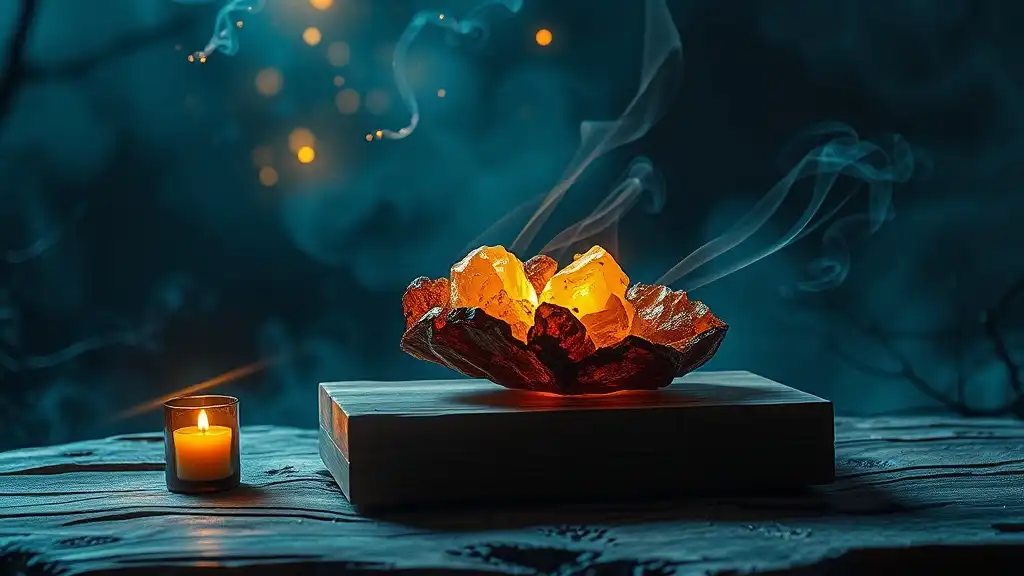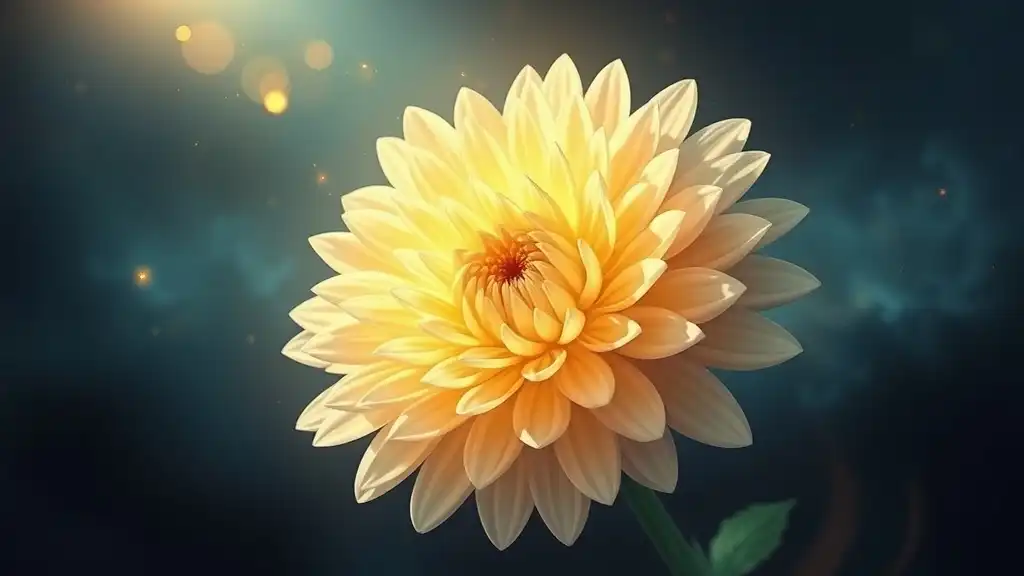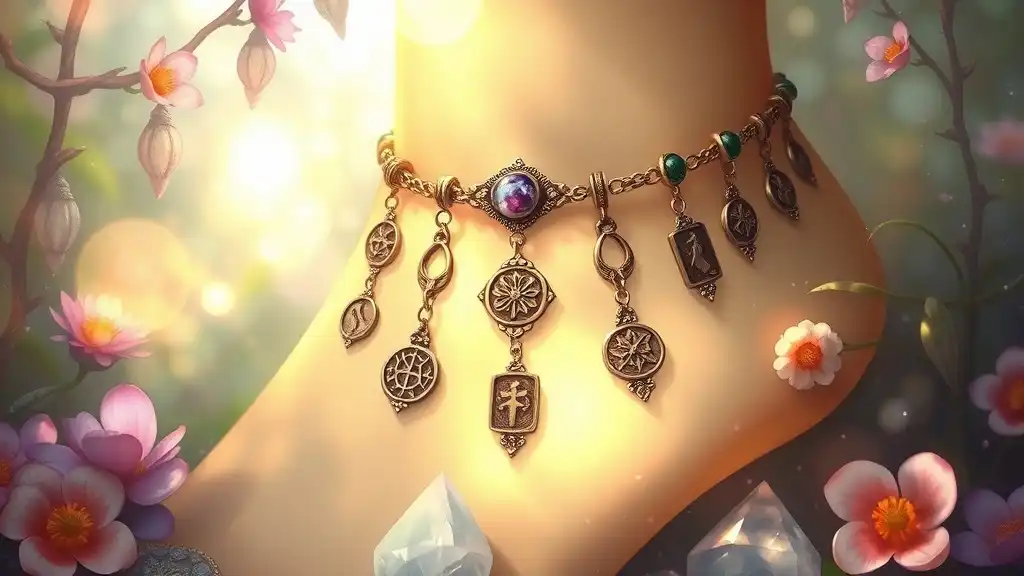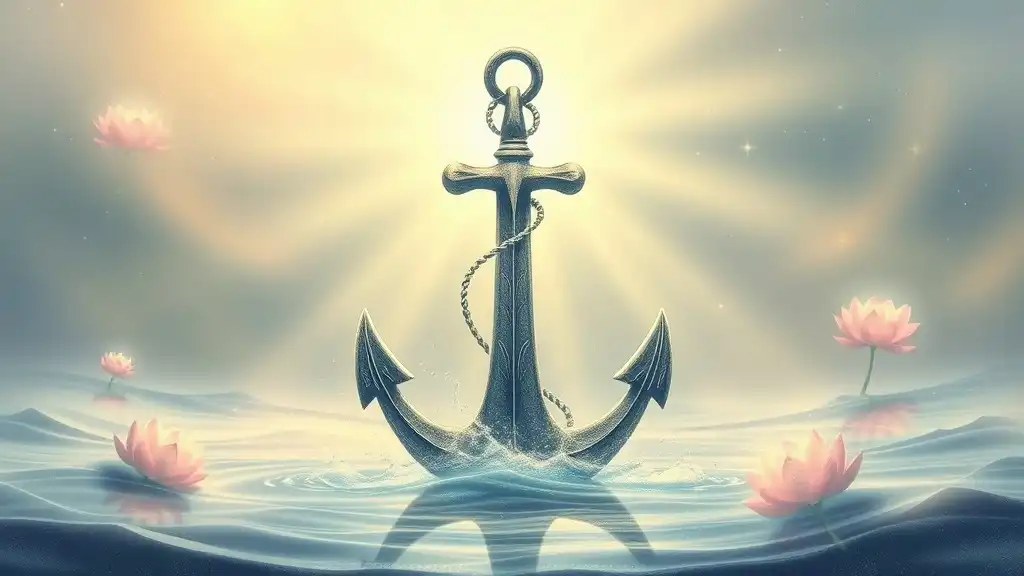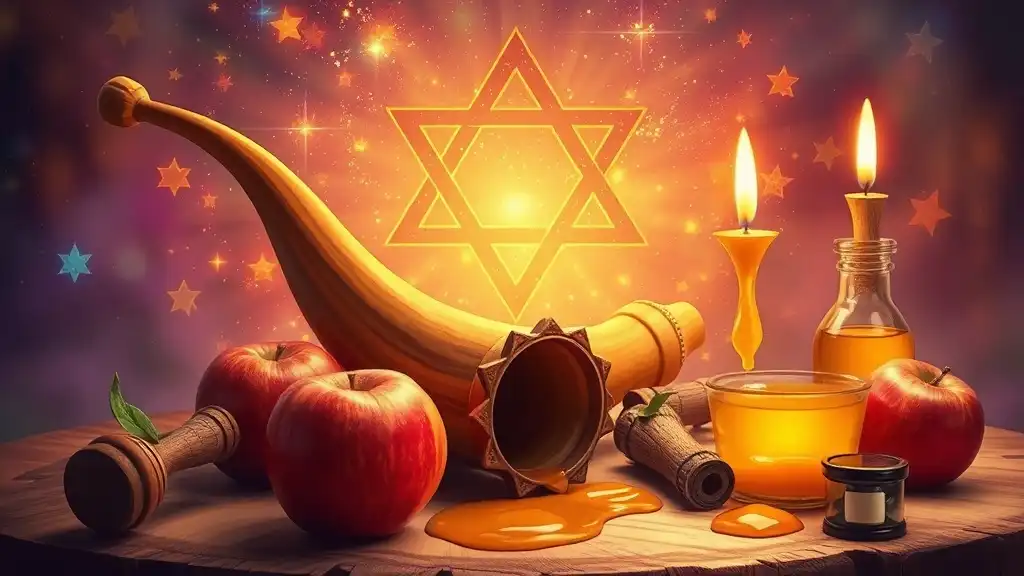The ankh, a symbol deeply rooted in ancient Egyptian culture, serves as a powerful emblem of life, spirituality, and the continuity of existence. Known as the "key of life," the ankh carries profound meanings that resonate through history and into modern spiritual practices. This article explores the historical background, symbolic significance, and practical applications of the ankh in both ancient and contemporary settings.
Historical Background of the Ankh
Origins in Ancient Egypt
The ankh's origins can be traced back to ancient Egypt, where it first appeared in hieroglyphics around 3000 B.C.E. This symbol is a combination of a cross with a loop at the top, which represents not only a physical object but also embodies deeper metaphysical concepts. In Egyptian mythology, the ankh is often associated with the gods and pharaohs, symbolizing their divine right to rule and their connection to the afterlife.
Ancient Egyptians believed that the ankh held the key to immortality. It was frequently depicted in tomb paintings and hieroglyphics, often held by deities who bestowed life upon those who had passed away. The ankh served as a potent reminder of the belief in resurrection and the continuation of the soul’s journey beyond death.
The Ankh in Different Cultures
Throughout history, the ankh has transcended cultural boundaries, finding its place in various traditions and spiritual beliefs. Early Christians adopted the ankh as a symbol of Christ’s resurrection and eternal life, paralleling its original meanings in Egyptian culture. It has also been embraced by various African religions, where it signifies the connection between the earthly realm and the spiritual world.
In modern spiritual movements, particularly within the New Age community, the ankh is often seen as a sign of transformation and personal power. This adaptability of the ankh highlights its timeless quality, allowing it to resonate with diverse belief systems.

Symbolic Meaning of the Ankh
Life and Immortality
At its core, the ankh symbolizes life and immortality. Its unique shape is interpreted as a representation of the soul's journey beyond the physical body. The loop at the top signifies the infinite cycle of life, while the cross represents the earthly experiences we encounter. This duality emphasizes that life is not only about physical existence but also about the spiritual growth we undergo.
The ankh also embodies the connection between the dead and the living. It serves as a bridge that guides souls through the afterlife, signifying hope and the belief that life never truly ends. This enduring aspect of the ankh invites us to reflect on our relationships with both the living and those who have transitioned, encouraging us to honor our loved ones' memories.
Unity of Opposites
The ankh's symbolism extends into the concept of unity of opposites. The top loop represents the feminine aspect, while the cross represents the masculine aspect of existence. This duality acknowledges the balance needed in our spiritual journeys—the harmony between creation and destruction, life and death, and spirit and matter. Recognizing these opposing forces within ourselves can lead to greater self-awareness and holistic understanding.
The ankh encourages us to embrace both sides of our nature, fostering acceptance of our fears and strengths as intertwined elements of our soul’s path. This completeness, gifted through the ankh, allows individuals to pursue their truth with confidence and assertiveness.

The Ankh in Spiritual Practices
As a Talisman
In spiritual practices, the ankh is frequently used as a talisman—an object imbued with protective properties. Those who resonate with the ankh can incorporate it into their meditation and intention-setting rituals. Holding or wearing an ankh during meditation can enhance the spiritual experience by attracting positive energy.
Many spiritual practitioners believe that the ankh can act as a physical reminder to stay connected to one’s own life force. Consider placing an ankh in your living space as a symbol of protection and vitality, drawing the spirit of the ankh's energy into your daily life.
Ritual Use of the Ankh
The ankh is often an integral part of rituals and ceremonies. It can be invoked during spiritual gatherings to symbolize unity and shared purpose among participants. By incorporating ankh imagery into personal rituals, individuals may find that it invites a sense of renewal and rejuvenation.
Whether it’s lighting a candle in the form of an ankh or using an ankh-shaped altar piece, these acts can serve to channel energy, intention, and blessings. The ritualistic use of the ankh ultimately serves to deepen one’s connection to both their spiritual journey and the universe.

The Ankh in Modern Spirituality
Role in New Age Beliefs
In the landscape of New Age spirituality, the ankh shines brightly as a symbol of transformation and personal empowerment. It has become a popular emblem for those seeking to explore their spiritual potential and connect with metaphysical energies.
Individuals who resonate with New Age beliefs often use the ankh in visualization practices, picturing it as a conduit for spiritual wisdom and healing. Understanding the ankh as a guide helps practitioners navigate their spiritual journeys with intention and clarity.
The Ankh in Popular Culture
Reflecting its enduring allure, the ankh has made its way into popular culture, appearing in various forms of media, including films, music, and art. Its striking design and rich history have captured the interest of artists and designers alike.
In fashion, the ankh has emerged as a trend, adorning jewelry and clothing. Wearing an ankh piece allows individuals to express their spirituality while connecting to ancient wisdom, merging the past and present in a personal statement of identity.

Conclusion
The ankh, a multi-faceted symbol of life, unity, and spiritual continuity, continues to resonate powerfully across cultures and time. Through ancient history to modern spirituality, its meanings and applications remind us of the intricacies of existence. Inviting the spirit of the ankh into our lives encourages deep reflection on the interconnectedness of life, honoring both the living and the departed while inspiring a sense of empowerment. Whether used as a talisman, in rituals, or simply as a piece of art, the ankh serves as a profound reminder of our shared human experience.

